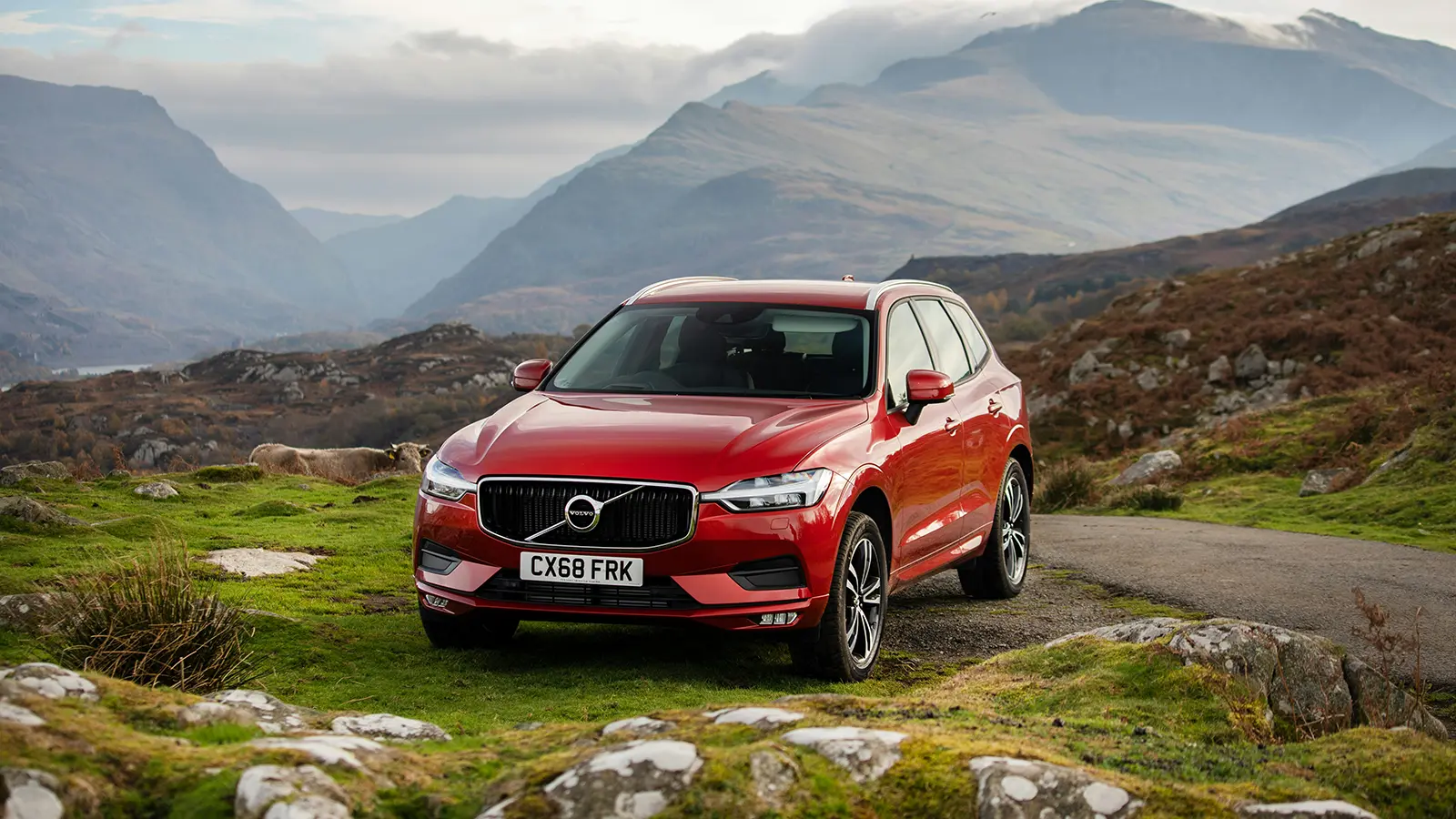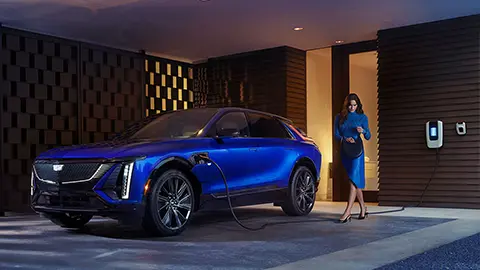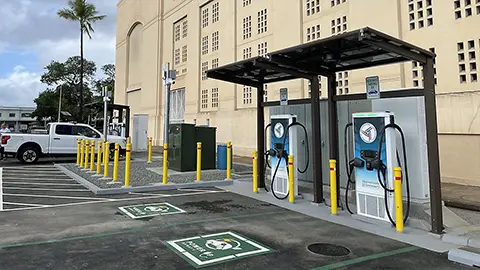⚡ Quick Takeaways Box
- Revised Strategy: 90% electric and plug-in hybrids, 10% mild hybrids
- Record EV Growth: Global EV sales surged 54% in 2024
- U.S. Market Growth: U.S. sales now represent 34.3% of global Volvo sales
- New Factories: Belgium (EX30), Slovakia (EVs), U.S. (EX60, EX90)
- Top Models: XC60 PHEV, XC90 Hybrid, XC40 Recharge
The luxury carmaker famous for safety and reliability had high hopes of converting to all electric vehicles by 2030. But changes in world politics and slower adoption of EVs has caused the powers that be at Volvo to alter the company’s plans… but only a bit.
Rather than go “all electric” by 2030, Volvo says it will continue to produce both plug-in hybrids and mild hybrids in the coming years. The new strategy is to be 90 percent electrified, focusing on creating all-electric cars and plug-in hybrids, and 10 percent will be reserved for those interested in mild hybrids. But Volvo’s announcement added that mild hybrids will only be added “as needed.”
According to Automotive Manufacturing Solutions, Volvo sales of mild hybrids outside of Europe and the U.S. may account for more than 10 percent of its sales well into the 2030s. Volvo’s CEO Jim Rowan recently told the automotive press that the company is still committed to electric powertrains but that consumers were not adopting EVs as quickly as had been hoped.
The removal of price subsidies in major European markets including Germany and Sweden have not helped but Volvo remains very bullish on EVs. “An electric car offers a superior driving experience and increases possibilities for using advanced technologies that improve the overall customer experience,” Rowan says.
The EV View in World Markets
Here in America, many EV owners simply plug their vehicles in at home, charging overnight and have a full tank of electrons in the morning. Charging at home reduces range anxiety enormously. But in many other countries, where charging infrastructure is just beginning, EV owners find charging more difficult.
For those in apartment buildings, it is often necessary to charge up using public networks or car parks which are more expensive. Plus, if you aren’t in control of home charging, charging stations can have spotty charging, network connectivity issues, hardware malfunctions, and so forth. Though charging network infrastructure is improving everywhere, we are all used to quick gas stops where filling up and paying is an easy proposition.
In many countries, potential EV owners are waiting for charging infrastructure to catch up while at the same time, many would-be EV customers are waiting for new battery technology such as solid-state batteries that will offer more range and faster charging. But even with worldwide EV adoption being a bit slower than Volvo would like, the company still has many reasons to remain pro-EV and excited about the green future.
Global Sales Record
Volvo achieved a new global sales record for EVs last year. EV sales leapt up 54 percent in 2024, reaching 175,194 units. Plug-in hybrid sales rose by 16 percent last year with 177,593 PHEVs sold. In fact, overall, electrified vehicles constituted 46 percent of Volvo’s global sales in 2024. The total number of vehicles sold by Volvo last year was 763,389. Here in America, sales of Volvo’s electric models increased by 20 percent. Not too shabby in a time where EV sales have been said to be a bit slow.
Volvo’s new EV strategy may mean that the company will not make its original goal of being a 100 percent all-electric vehicle company by 2030, but its new changes are exciting. It is shifting the production of its all-electric EX30 crossover from China to Belgium to avoid potential tariffs on Chinese-made cars entering the American and European markets. It is also opening a third European plant in Slovakia.
The new EX60 and EX90 SUVs will be built in the U.S., getting around EU tariffs and two new electrified sedans, the ES60 and ES 90 are also on the way. The new factory in Kosice, Slovakia will focus on EV production as will Volvo’s plants in Sweden and Belgium.
What’s happening in 2025
So far this year, Volvo saw a 7 percent increase in sales in America and Canada with a strong boost for EVs. All-electric and plug-in hybrid models increased by 12.2 percent, representing 29.3 percents of total sales for the first six months of 2025.
As of this writing, the top selling Volvos are the XC60 plug-in hybrid SUV followed by the XC90 luxury SUV hybrid and XC40 Recharge PHEV. All offer a premium feel and efficient performance.
More Insights on Volvo's Electric and Hybrid Models
2025 Volvo EX30 First Drive
Explore Volvo’s new EX30 electric crossover, combining advanced tech and city-friendly dimensions.
Read More ➜
Volvo Joins U.S. Manufacturers in Adopting Tesla Charging Standard
Volvo is just the latest manufacturer to commit to adopting the North American Charging Standard plug for future EVs.
Read More ➜
















